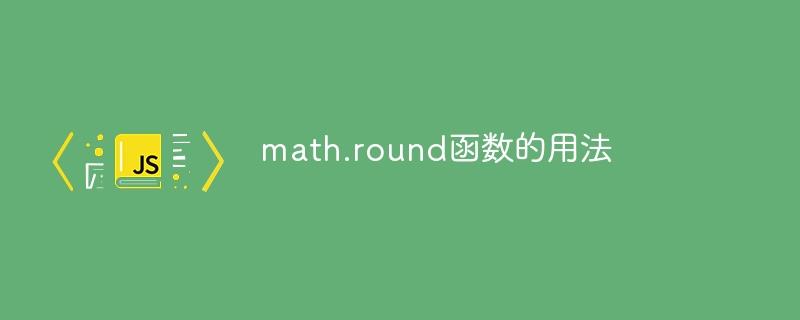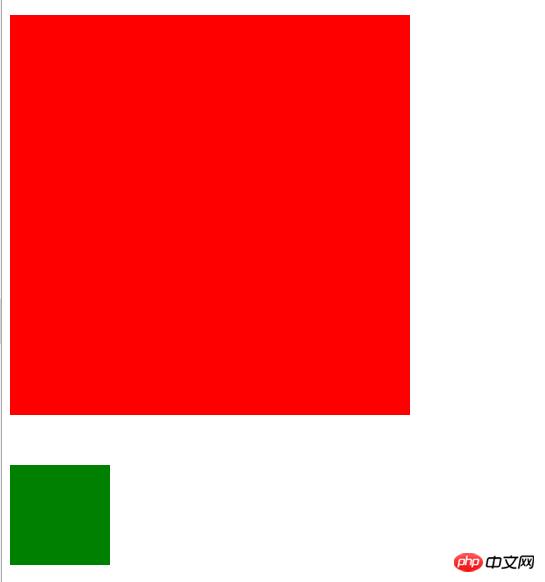之前的文章《深入解析js中实现队列(代码分享)》中,给大家了解了js中实现队列。下面本篇文章给大家了解Vue中路由切换终止异步请求,有一定的参考价值,有需要的朋友可以参考一下,希望对你们有所助。

问题:
在SPA模式开发当中,比如VUE,当前路由切换的时候如何终止正在发生的异步请求呢。
结果:
假如请求超时并且有设定超时时间。有一堆的异步请求在执行,当用户切换到另一个页面,这些请求还未终止,并且当服务器响应之后,反馈的结果不是当前页面所期待的。最终会误导用户造成一些不必要的结果。也给web造成性能问题。
解决方案:
把执行的请求存入队列,当路由切换的时候终止队列里的异步请求。
首先搞一棵树来存储请求队列
import Vue from "vue";
import Vuex from "vuex";
Vue.use(Vuex);
let store = new Vuex.Store({
state: {
requests: [],
},
});
new Vue({
el: "#app",
router: router,
render: (h) => h(App),
store,
});利用ajax请求和终止
var xhr = $.ajax({
type: "POST",
url: "xxxsx",
data: "",
success: function () {
alert("ok");
},
});
//xhr.abort() 终止请求
this.$store.state.requests.push(xhr);利用superagent请求和终止
const request = require('superagent')
var xhr = request('post','/api/xxxx/xxxx')
xhr.send(data)
//xhr.query(data) //get 传参
xhr.end((err,res)=>{
...todo...
})
//xhr.abort() 终止请求
this.$store.state.requests.push(xhr)利用axios请求
import axios from "axios";
var CancelToken = axios.CancelToken;
var source = CancelToken.source();
axios
.get("/api/xxxxx/xxxxx", {
cancelToken: source.token,
})
.catch(function (thrown) {
if (axios.isCancel(thrown)) {
console.log("Request canceled", thrown.message);
} else {
// 处理错误
}
});
// 取消请求(message 参数是可选的)
//source.cancel('Operation canceled by the user.');
this.$store.state.requests.push(source);利用vue-resource请求
import Vue from "vue";
import req from "vue-resource";
Vue.use(req);
this.$http
.get("/someUrl", {
before(request) {
this.$store.state.requests.push(request);
//request.abort(); 终止请求
},
})
.then(
(response) => {
// success callback
},
(response) => {
// error callback
}
);利用fetch请求
fetch貌似无法监控读取进度和终端请求,他没有 timeout 机制,没有 progress 提示,但是可以利用 Promise 来实现终止
var _fetch = (function (fetch) {
return function (url, options) {
var abort = null;
var abort_promise = new Promise((resolve, reject) => {
abort = () => {
reject("abort.");
console.info("abort done.");
};
});
var promise = Promise.race([fetch(url, options), abort_promise]);
promise.abort = abort;
return promise;
};
})(fetch);
var xhr = _fetch("/api/xxx/xxxx", { methods: "POST", body: data });
xhr.then(
function (res) {
console.log("response:", res);
},
function (e) {
console.log("error:", e);
}
);
xhr.abort(); //终止
this.$store.state.requests.push(xhr);那么知道如何终止请求,然后也存储了请求实例,剩下的只要监听路由就行了
let router = new Router({....})
//每次路由改变之前终止所有的请求实例
router.beforeEach(function (to, from, next) {
this.$store.state.requests.forEach(xhr=>xhr.abort()) //终止所有的请求实例
this.$store.state.requests =[] //执行完清空,等待下一次的页面的请求装载
next()
})这种只是假设,自然请求完成之后最好,还是手动释放树的请求示例。例如ajax请求完成之后在complite里面splice store里面的实例。
[完]
以上就是一文讲解Vue中路由切换终止异步请求(附代码)的详细内容,转载自php中文网






发表评论 取消回复